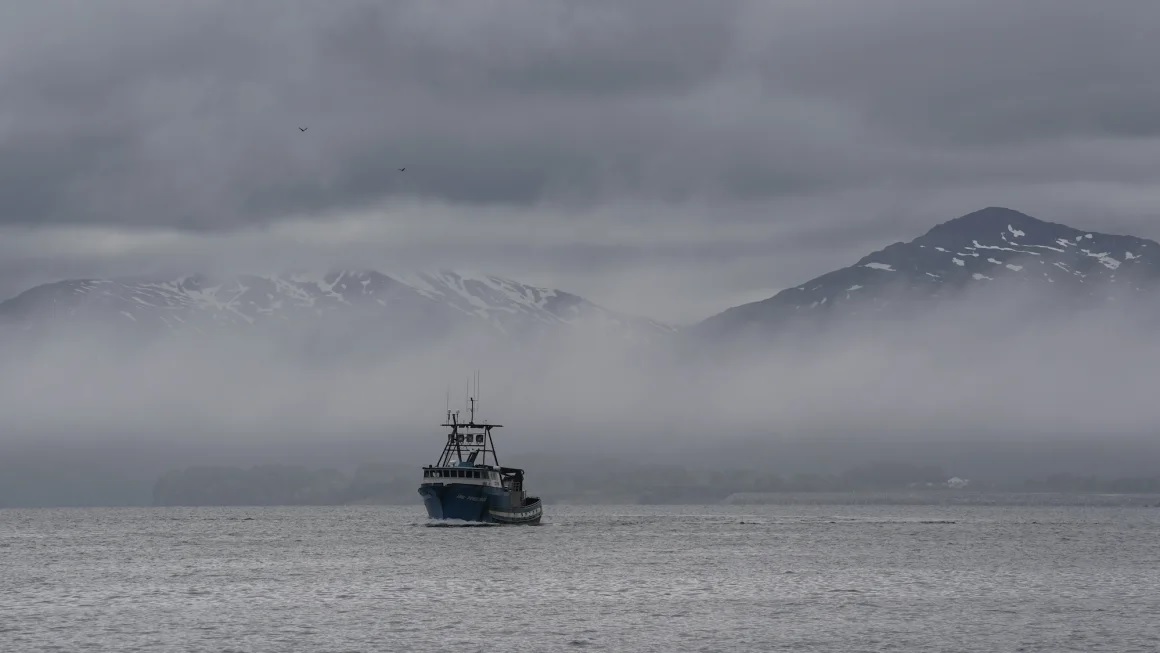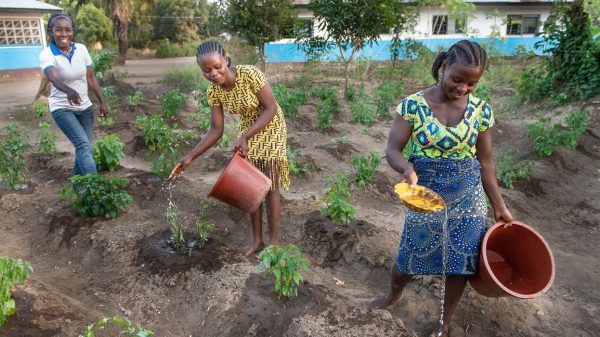Tripura reels under flood, toll hits 10

- Update Time : Thursday, August 22, 2024

Tripura reels under flood, toll hits 10
AGARTALA : Unrelenting rainfall on Wednesday worsened the ongoing flood situation in Tripura leaving 10 people dead due to landslides, and over 34,000 people from 6,620 families homeless across districts. According to officials, two people sustained serious injuries and 34,100 people are sheltered in the 346 relief camps set up by the government. A power department official said that electricity was snapped in few areas since transformers and power transmission infrastructure were submerged.

Chief minister Manik Saha on Wednesday was seen travelling in a rescue boat from his residence to take stock of the situation. Saha spoke to Union home minister Amit Shah about the flood situation and requested him to deploy additional NDRF teams. “…I urge those affected to cooperate with the authorities and move to the shelter houses immediately,” Saha wrote on X.
Scientists have more evidence to explain why billions of crabs vanished around Alaska
CNN —
Fishermen and scientists were alarmed when billions of crabs vanished from the Bering Sea near Alaska in 2022. It wasn’t overfishing, scientists explained — it was likely the shockingly warm water that sent the crabs’ metabolism into overdrive and starved them
to death.
But their horrific demise appears to be just one impact of the massive transition unfolding in the region, scientists reported in a new study released Wednesday: Parts of the Bering Sea are literally becoming less Arctic.

The research from the National Oceanic and Atmospheric Administration found warmer, ice-free conditions in the southeast Bering Sea — the kind of conditions found in sub-Arctic regions — are roughly 200 times more likely now than before humans began
burning planet-warming fossil fuels.
The study underlines “how much this Bering Sea ecosystem has already changed from what it was even within the lifetime of one snow crab fisherman,” said Michael Litzow, lead author of the study and the director for Alaska’s Kodiak lab for NOAA Fisheries.
It also suggests “we should anticipate many more [very warm] years,” he said, while truly Arctic conditions — cold, icy, treacherous — will be few and far between.
Snow crabs, a cold-water Arctic species, thrive overwhelmingly in areas where water temperatures are below 2 degrees Celsius, though they can physically function in waters up to 12 degrees Celsius.
She is hundred years old
TOKYO (AP) — Tomiko Itooka, a Japanese woman, became the world’s oldest living person at age 116, following the death of 117-year-old Maria Branyas, according to the Guinness World Records.
Her age and birthdate — May 23, 1908 — were confirmed by the Gerontology Research Group, which validates details of people thought to be 110 or older, and put her at the top of its World Supercentenarian Rankings List.
Itooka lives in a nursing home in the city of Ashiya, a city in Hyogo Prefecture that also confirmed her birthdate. She assumed the title of world’s oldest person after Branyas’family announced the 117-year-old’s death Tuesday. Guinness confirmed Itooka’s new status on Thursday.

When told about her becoming the oldest person, she replied, “Thank you,” a phrase she also relays often to the caretakers at her home. Itooka celebrated her birthday three months ago, receiving flowers, a cake and a card from the mayor. Every morning, she has a popular yogurt-flavored drink called Calpis.
Her favorite food is bananas. Born in Osaka, Itooka was a volleyball player in high school. She married at 20, and had two daughters and two sons, according to Guinness. Itooka managed the office of her husband’s textile factory during World War II. She lived alone in Nara after her husband died in 1979, before entering the nursing home. She climbed the 3,067-meter (10,062-foot) Mount Ontake twice, and enjoyed long hikes
even after she turned 100.










Leave a Reply